Moving Mature Trees: When And How To Transplant A Large Tree
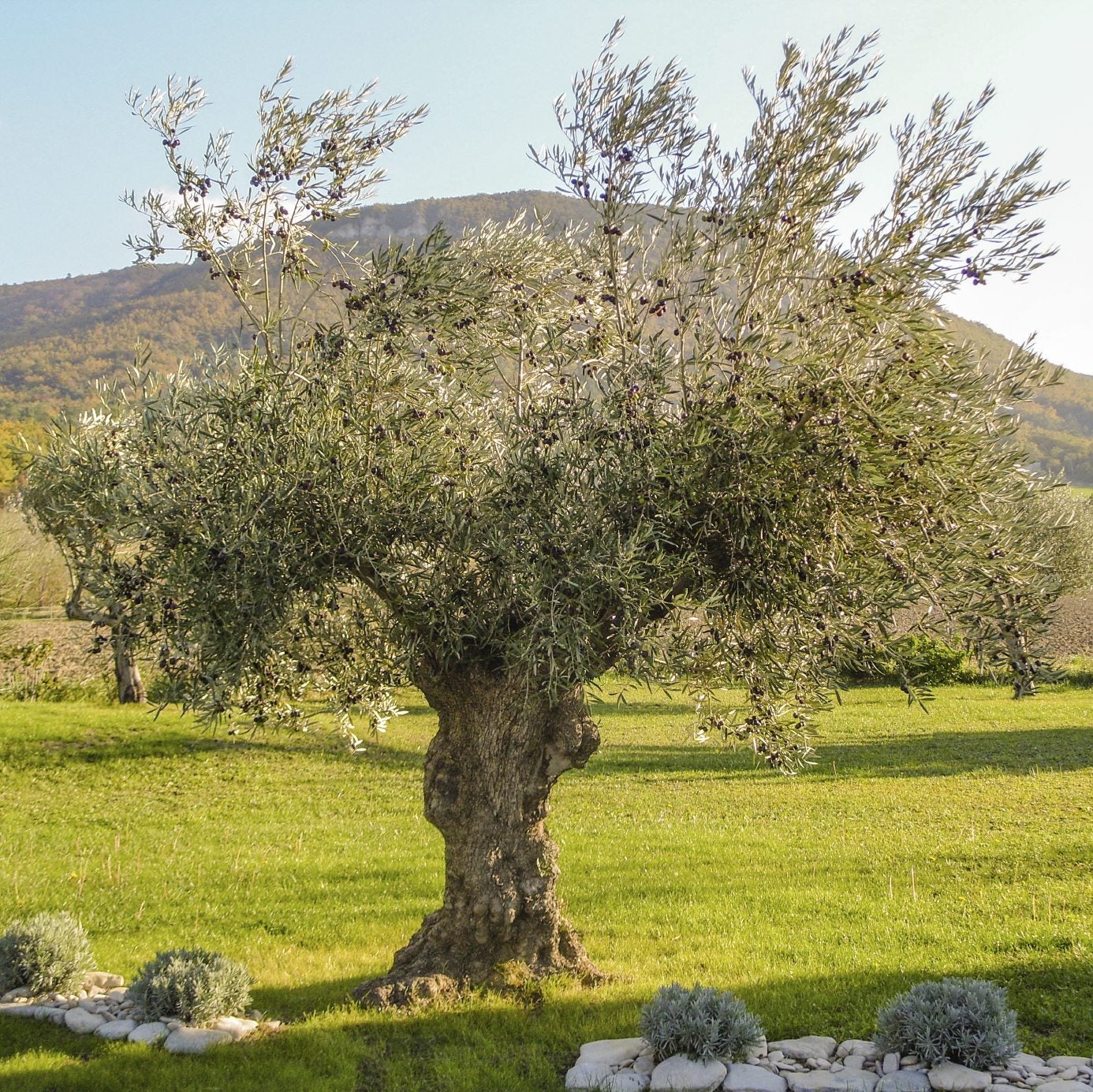

Sometimes you have to think about moving mature trees if they are inappropriately planted. Moving full-grown trees allows you to change your landscape dramatically and relatively quickly. Read on for information about how to transplant a big tree.
Moving Mature Trees
Transplanting a big tree from the field to the garden provides immediate shade, a visual focal point, and vertical interest. Although the effect is much quicker than waiting for a seedling to grow, a transplant doesn’t happen overnight, so plan far in advance when you are transplanting a big tree. Transplanting an established tree takes effort on your part and causes the tree some stress. However, moving mature trees doesn’t have to be a nightmare for either you or the tree. Generally, a big tree loses a significant portion of its roots in a transplant. This makes it hard for the tree to bounce back once it is replanted in a new location. The key to successfully transplanting a big tree is to help the tree grow roots that can travel with it to its new location.
When to Move Big Trees
If you are wondering when to move big trees, read on. You can transplant mature trees either in fall or in late winter/early spring. The tree transplant has the best chance of success if you act during these periods. Only transplant mature trees after the leaves fall in autumn or before bud break in spring.
How to Transplant a Large Tree
Learn how to transplant a large tree before you start digging. The first step is root pruning. This procedure involves trimming the roots of the tree six months before the transplant. Root pruning encourages new roots to appear close to the tree, within the area of root ball that will travel with the tree. If you will be transplanting a big tree in October, root prune in March. If you are moving mature trees in March, root prune in October. Never root prune a deciduous tree unless it has lost its leaves in dormancy.
How to Root Prune
First, figure out the size of the root ball by looking at the charts prepared by the American Association of Nurserymen or talking to an arborist. Then, dig a trench around the tree in a circle that is the appropriate size for the tree’s root ball. Tie up the lowest branches of the tree to protect them. Cut the roots below the trench by inserting a sharp-edged spade into the earth repeatedly until the roots beneath the circle of the trench have all been cut. Replace the earth in the trench and water the area when you are done. Untie the branches.
Transplanting a Big Tree
Six months after root pruning, return to the tree and tie up the branches again. Dig a trench about a foot (31 cm.) outside the root pruning trench in order to capture the new roots that formed after pruning. Dig down until you can undercut the soil ball at an angle of about 45 degrees. Wrap the soil ball in burlap and move it to the new planting location. If it is too heavy, hire professional help to move it. Remove the burlap and place in the new planting hole. This should be the same depth as the root ball and 50 to 100 percent wider. Backfill with soil and water thoroughly.
Gardening tips, videos, info and more delivered right to your inbox!
Sign up for the Gardening Know How newsletter today and receive a free copy of our e-book "How to Grow Delicious Tomatoes".

Teo Spengler is a master gardener and a docent at the San Francisco Botanical Garden, where she hosts public tours. She has studied horticulture and written about nature, trees, plants, and gardening for more than two decades. Her extended family includes some 30 houseplants and hundreds of outdoor plants, including 250 trees, which are her main passion. Spengler currently splits her life between San Francisco and the French Basque Country, though she was raised in Alaska, giving her experience of gardening in a range of climates.
-
 What’s Wrong With Your Azaleas? Identify, Tackle And Prevent 6 Common Azalea Pests
What’s Wrong With Your Azaleas? Identify, Tackle And Prevent 6 Common Azalea PestsIf you’ve spotted signs of azalea leaf damage, don’t panic – here’s how to identify the most common azalea pests so you can take action swiftly and keep plants healthy
-
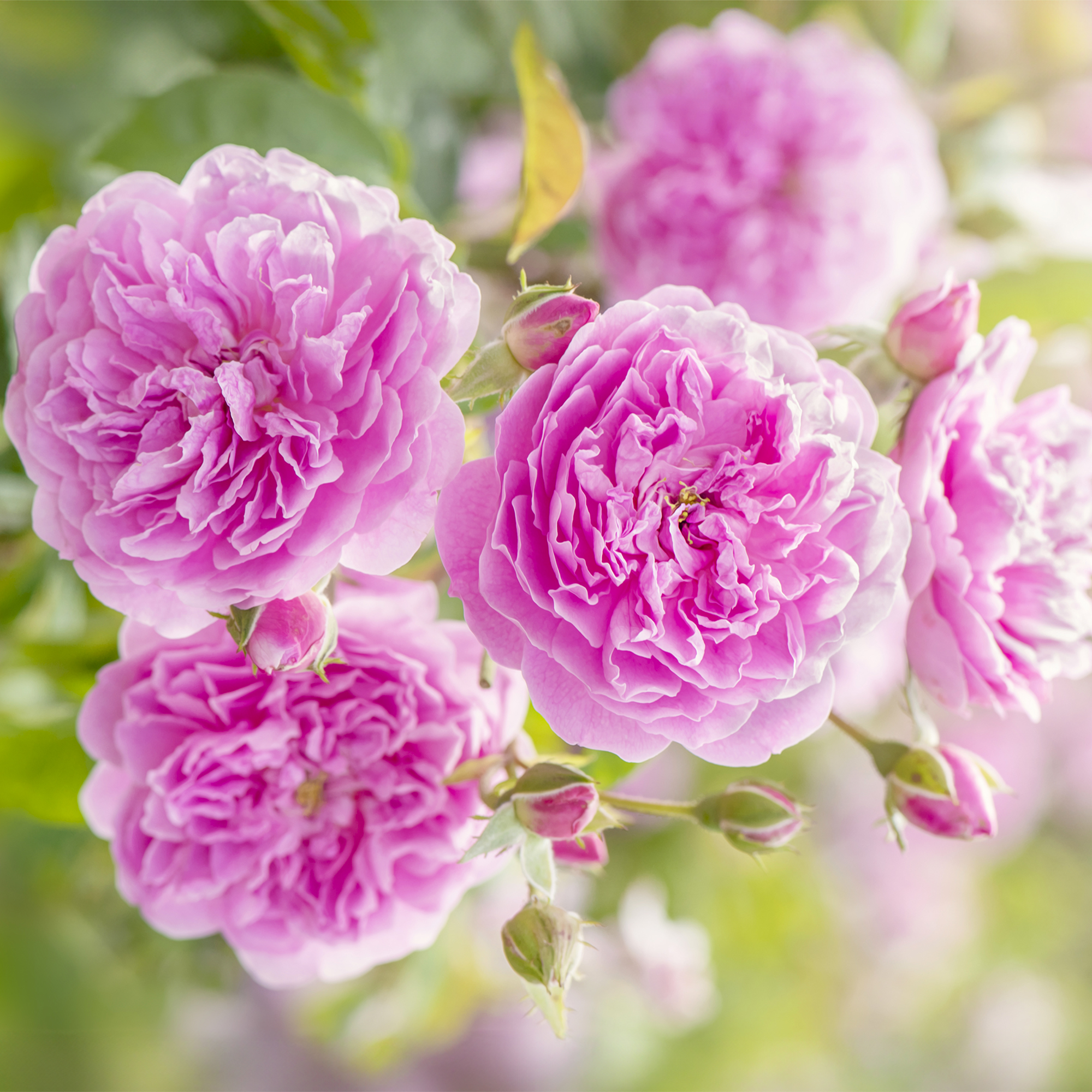 How Much Sun Do Roses Need To Grow? Understanding Rose Light Requirements
How Much Sun Do Roses Need To Grow? Understanding Rose Light RequirementsDiscover how much sunlight your roses really need to grow strong, bloom beautifully, and stay healthy all season long.
-
 Best Trees For Carbon Sequestration And Climate Change
Best Trees For Carbon Sequestration And Climate ChangeLet’s keep planting trees. They are our best bet for capturing carbon and may help with our global warming issues.
-
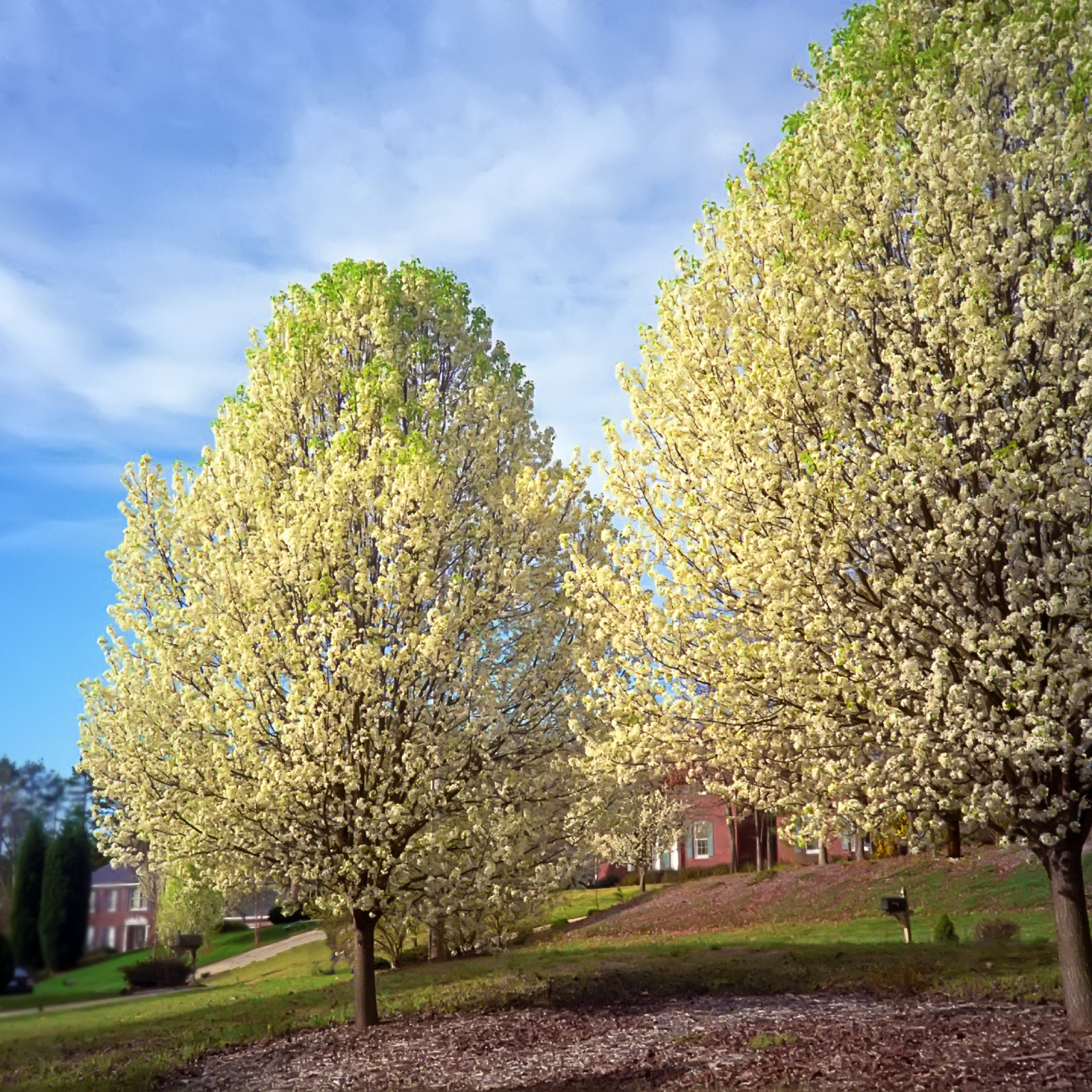 7 Invasive Trees You Should Never Plant In Your Yard Or Garden
7 Invasive Trees You Should Never Plant In Your Yard Or GardenWhat are some invasive trees you should never plant in your yard? Click here to find out.
-
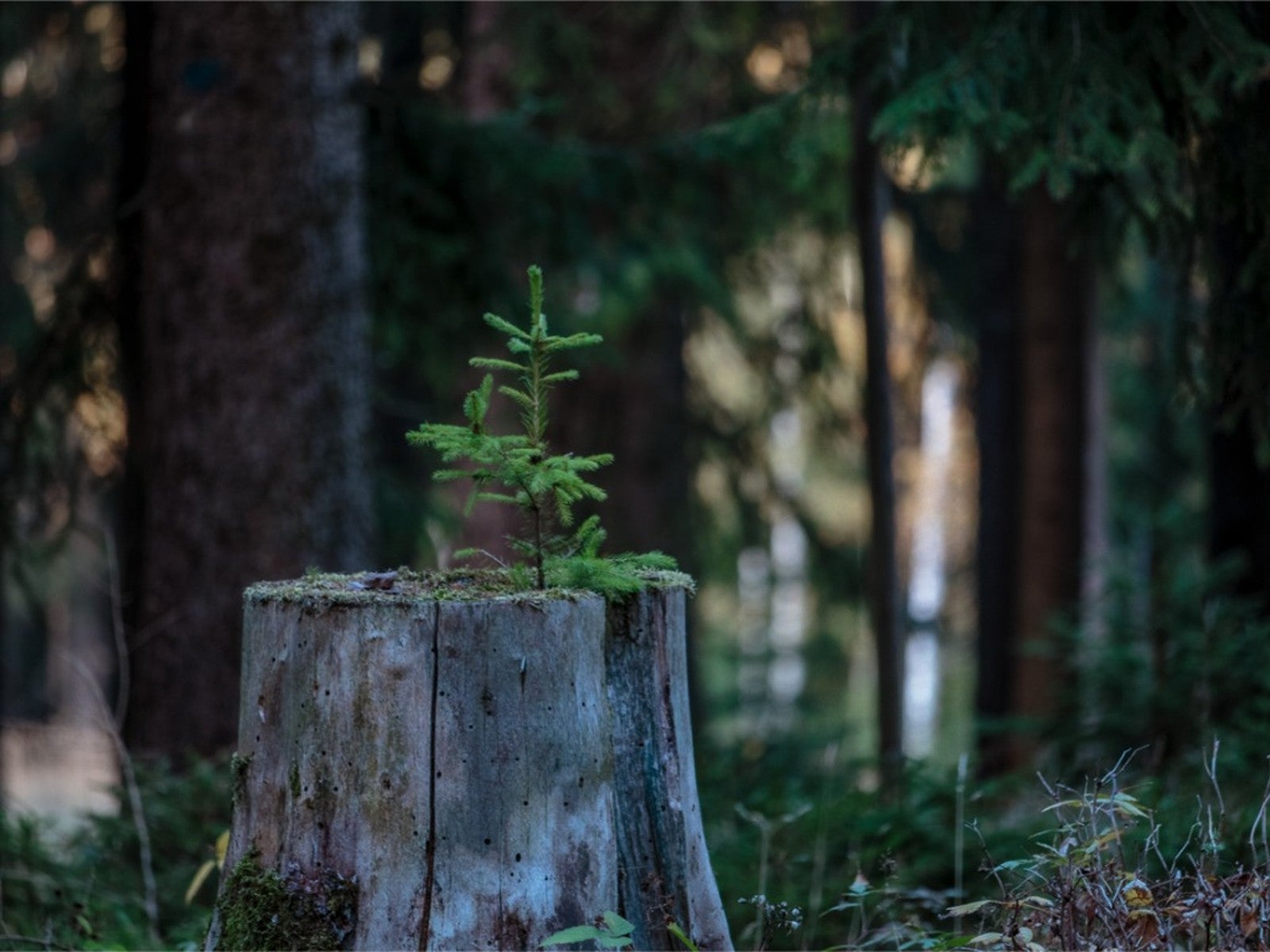 How Close Can You Plant A Tree To A Stump?
How Close Can You Plant A Tree To A Stump?Looking to plant new trees near old stumps or where stumps have been removed? Click here to learn how.
-
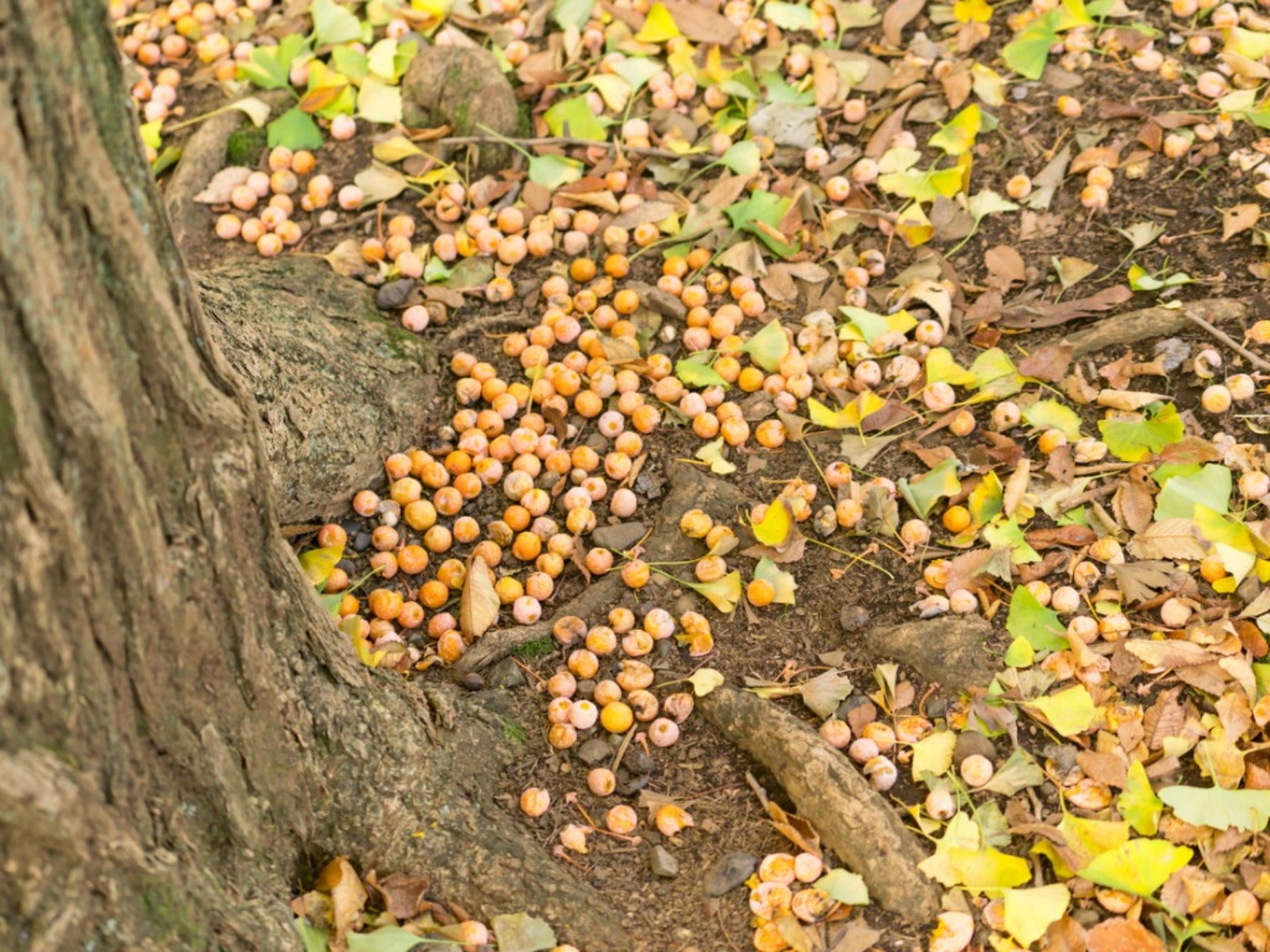 Messiest Trees That Drop Debris Everywhere
Messiest Trees That Drop Debris EverywhereWant to know which trees will create the biggest messes in your home landscape? Click here to find out.
-
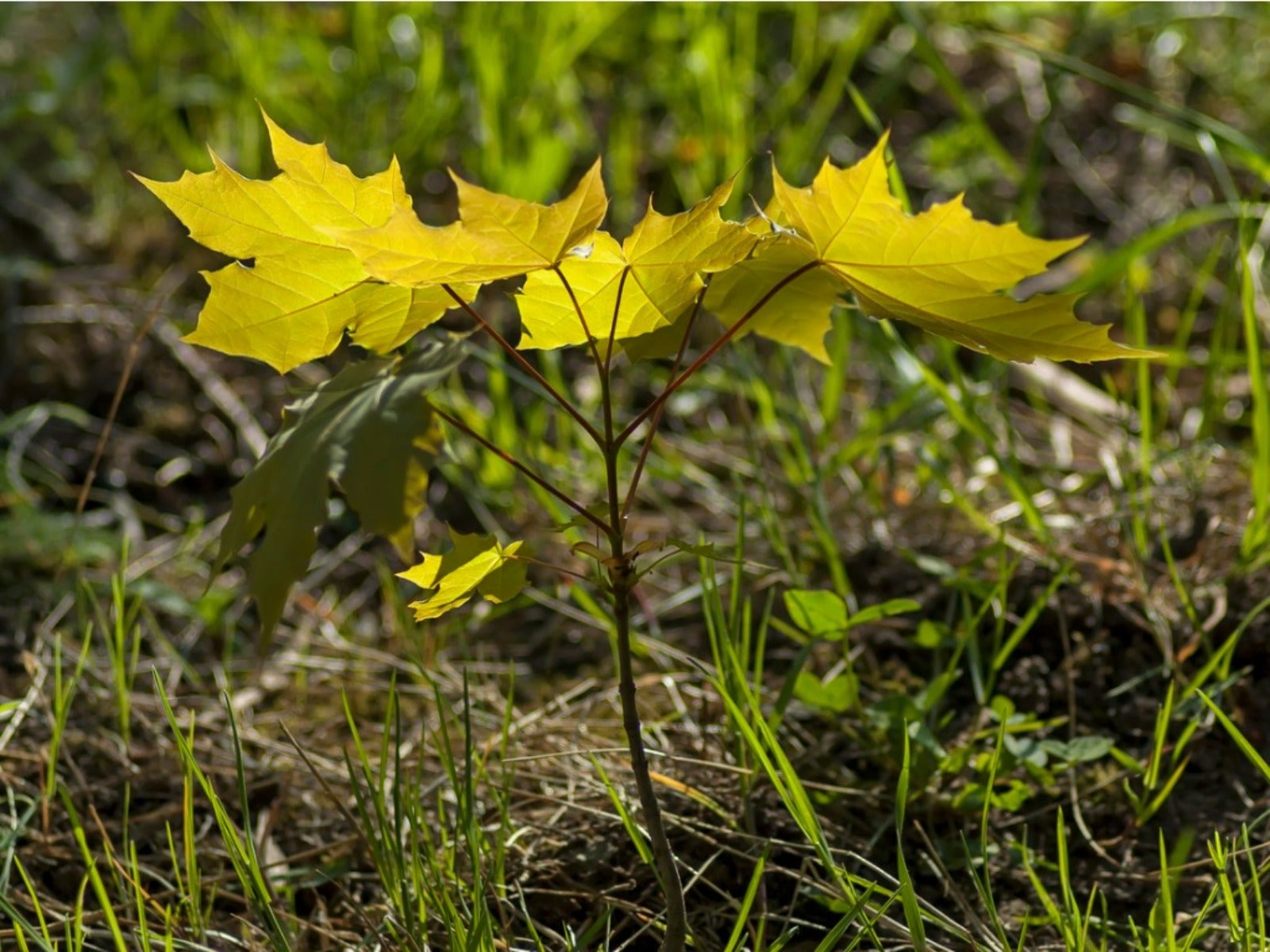 How To Get Rid Of Tree Sprouts In The Yard From Nearby Trees
How To Get Rid Of Tree Sprouts In The Yard From Nearby TreesLearn the simple way to keep pesky tree seedlings in your lawn from becoming saplings.
-
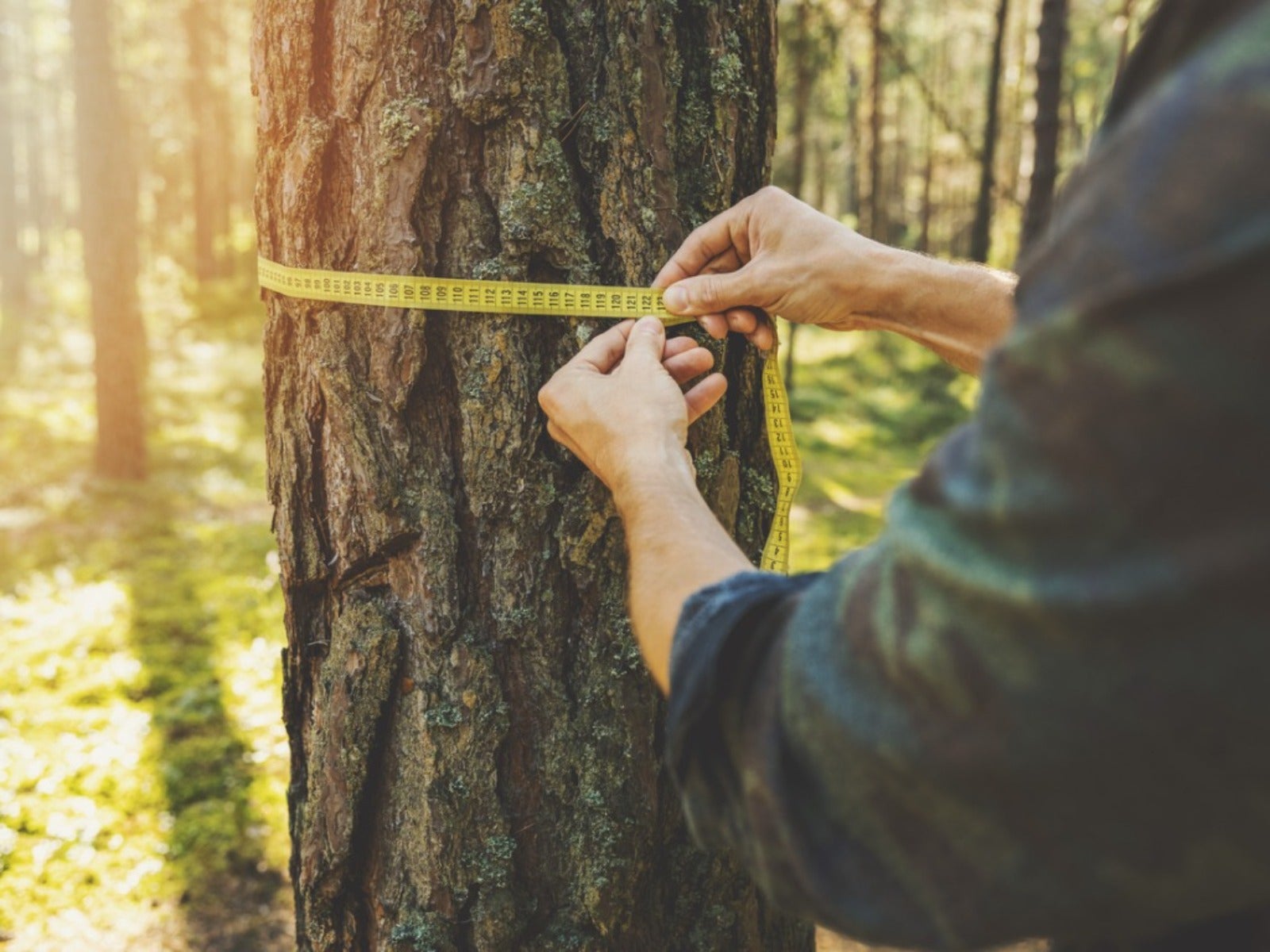 How To Tell How Old A Tree Is
How To Tell How Old A Tree IsEver wondered how to calculate the age of a tree? Click here to learn all about it.
-
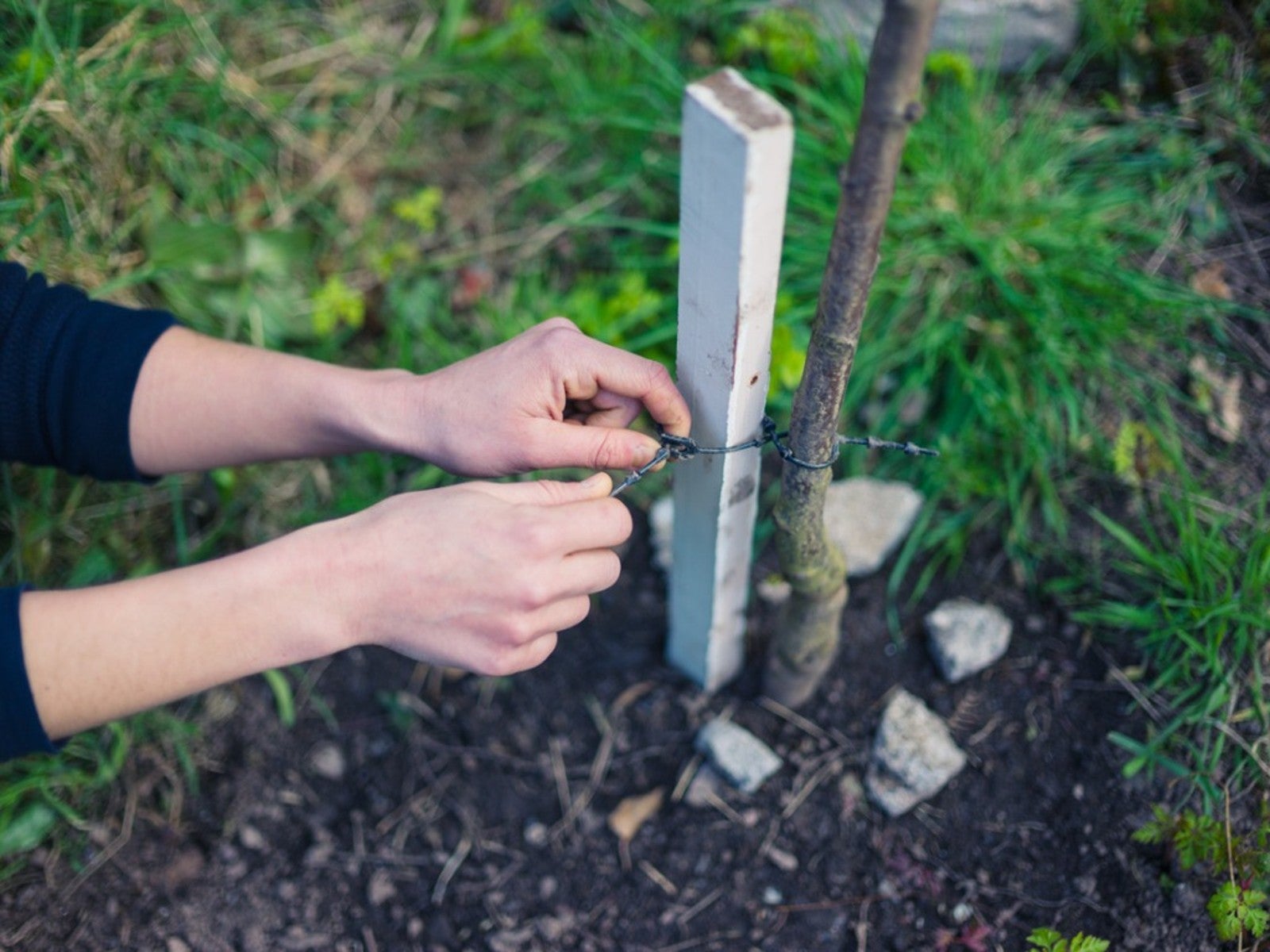 When To Remove Tree Stakes From Saplings
When To Remove Tree Stakes From SaplingsA newly planted tree may grow strong when it’s staked, but don’t forget to remove the stakes when it’s stable.
-
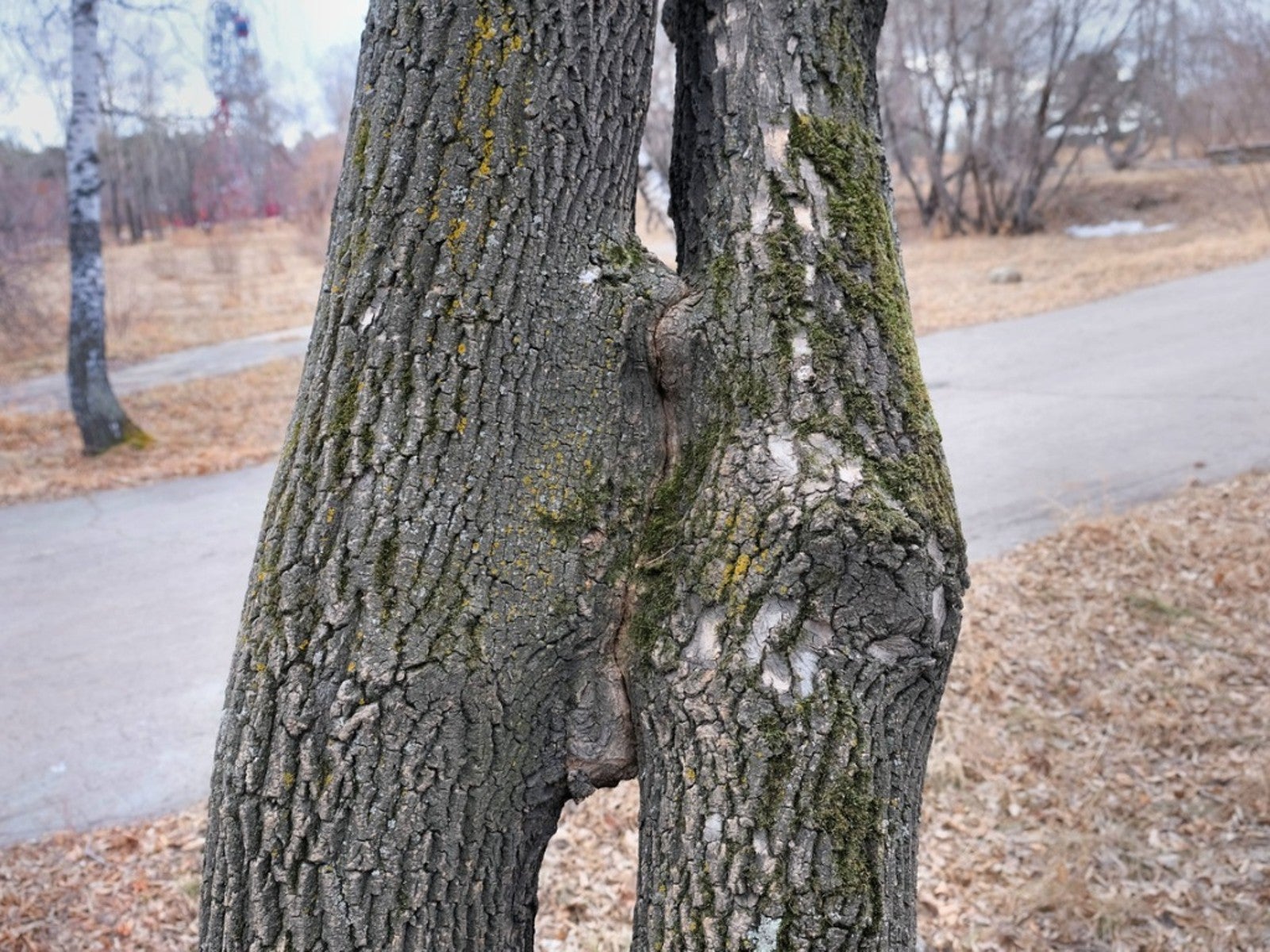 Inosculation And Trees Growing Together
Inosculation And Trees Growing TogetherIf you ever see two trees that have bonded and grown together, read here to learn why and how it happens.